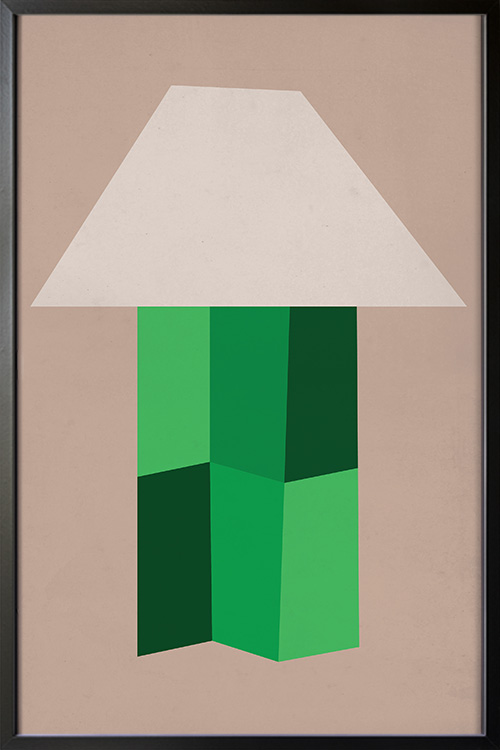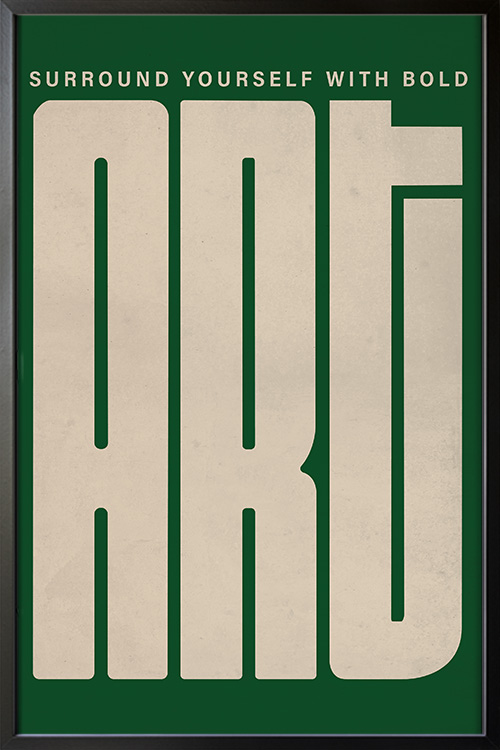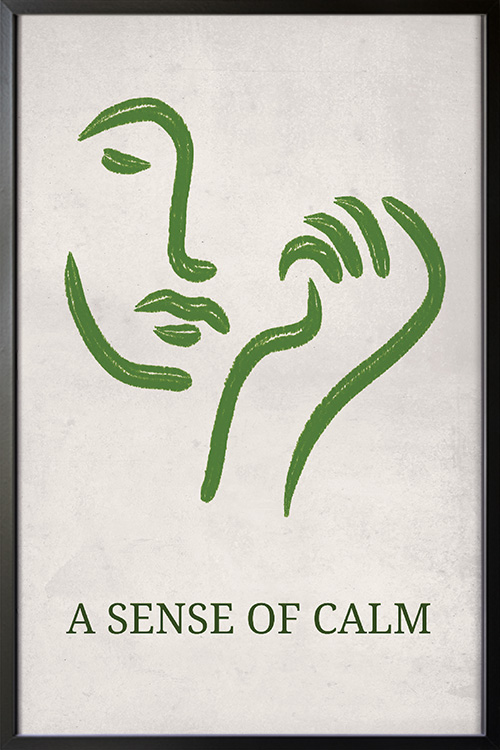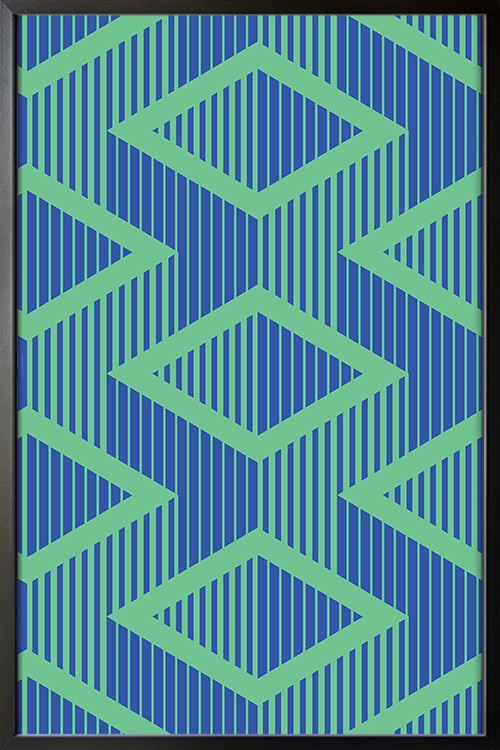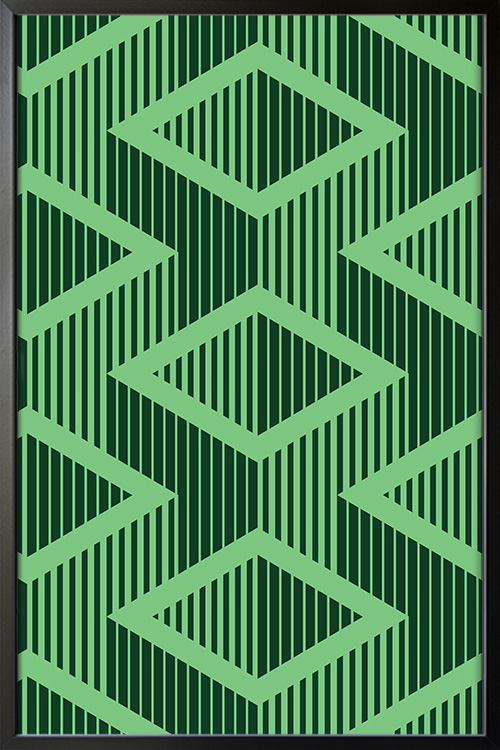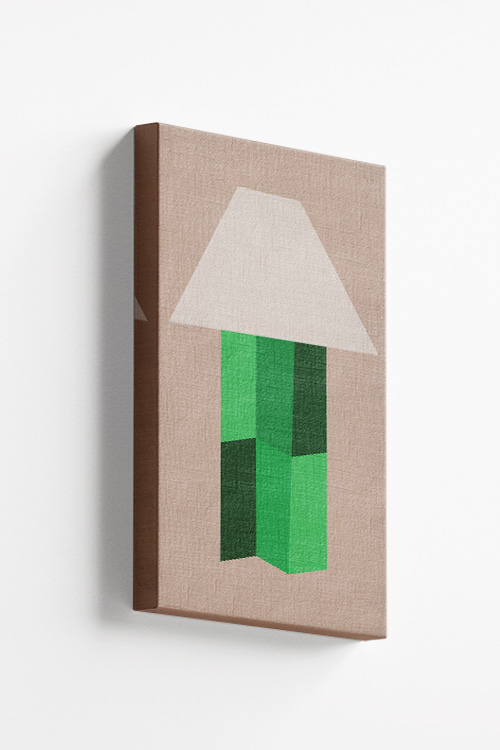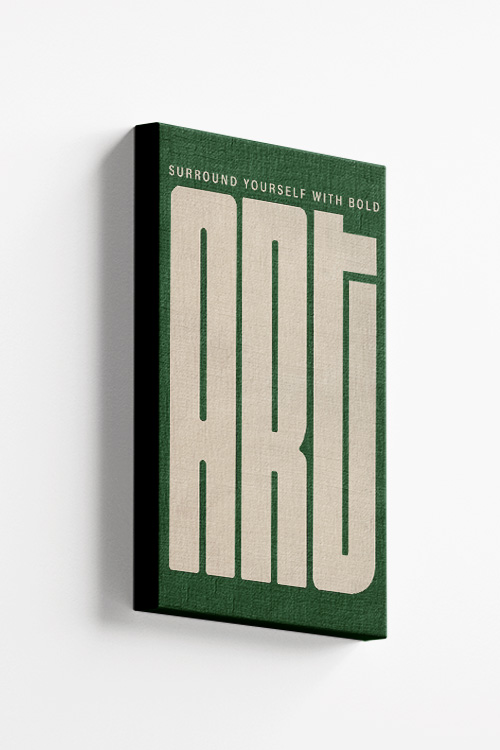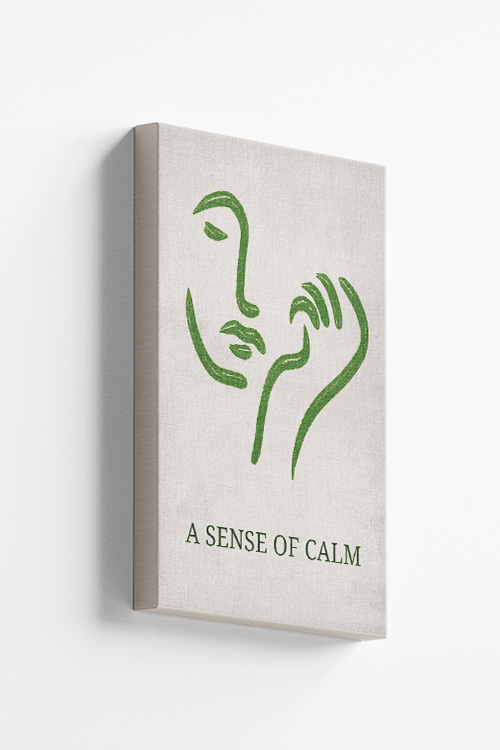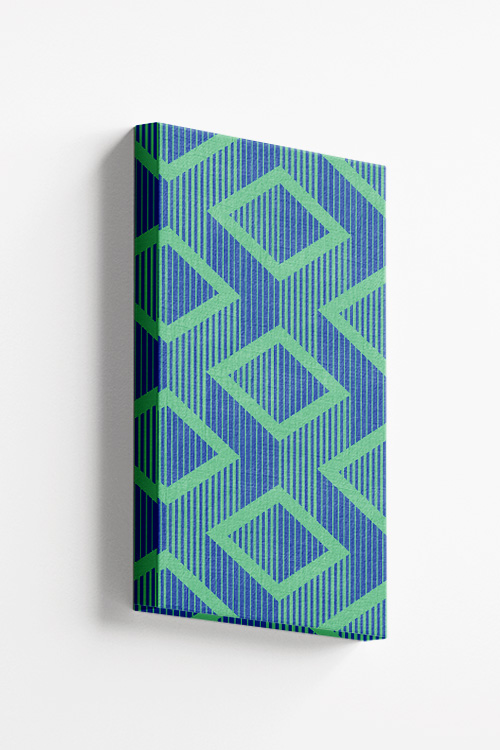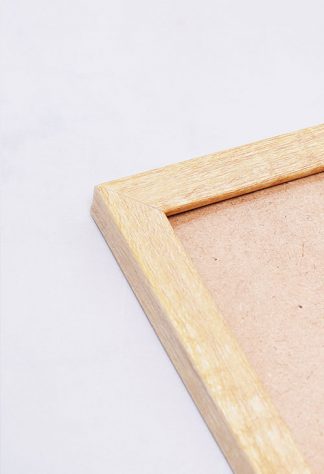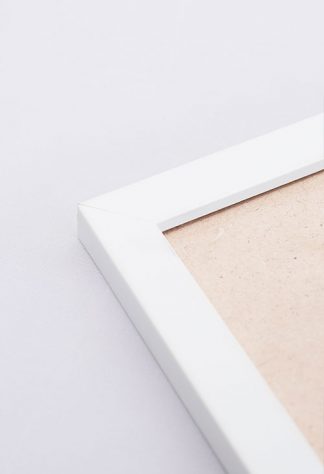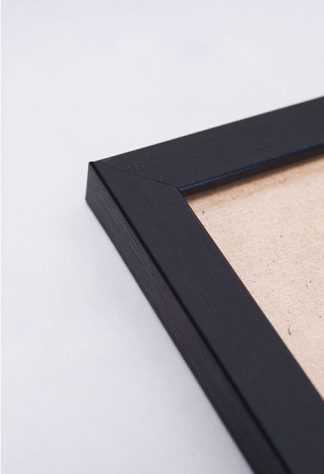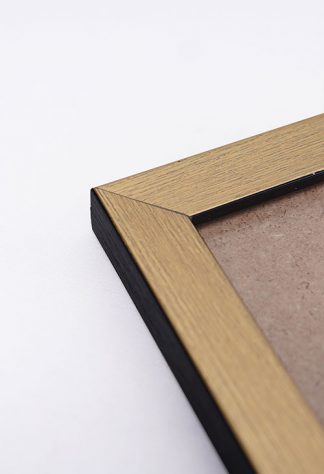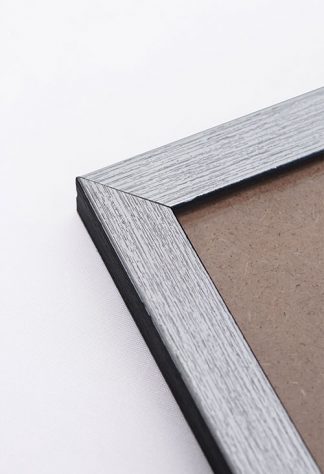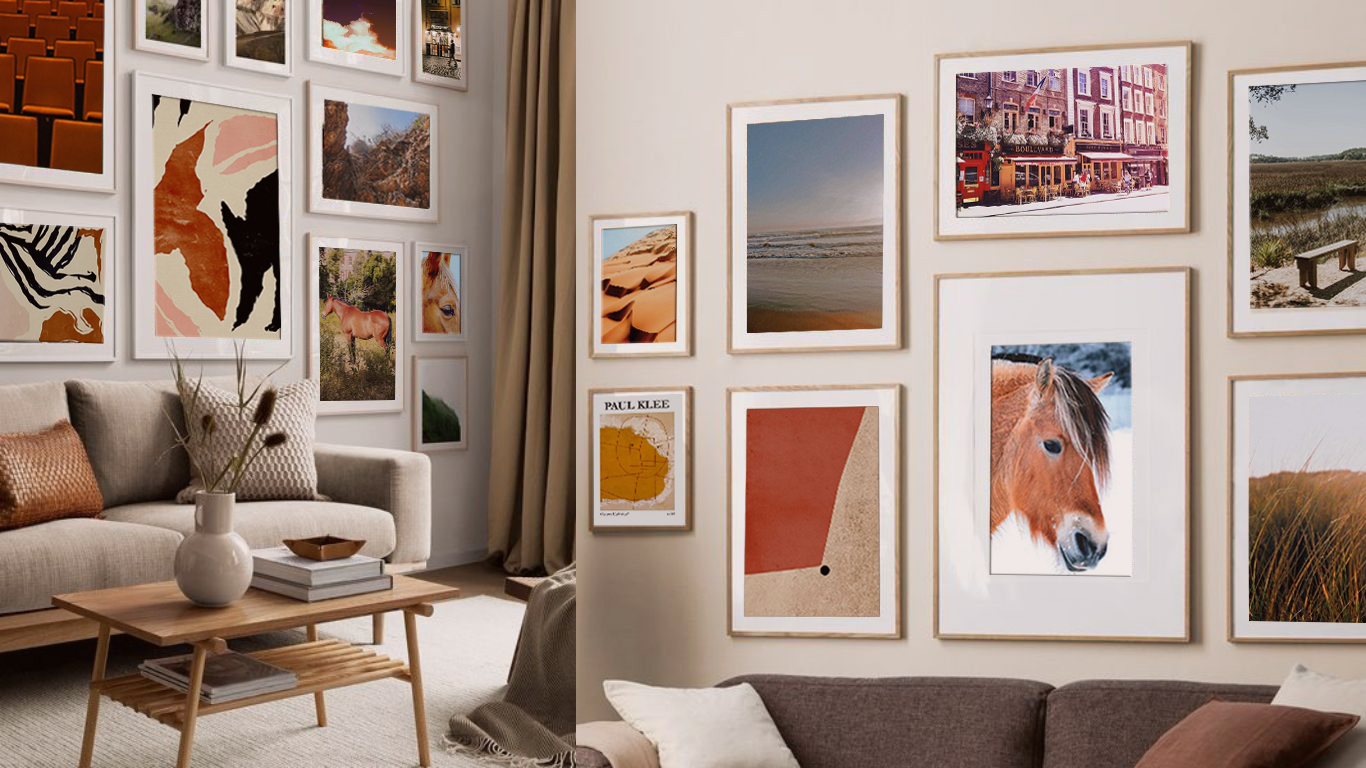
Decorating with brown aesthetic posters offers a timeless and versatile way to enhance any space. Their versatility allows them to blend warmth, sophistication, and a touch of nostalgia, making them a perfect fit for various artistic styles and themes in poster form.
The key to using brown aesthetic posters effectively is understanding how they interact with different design elements and personal preferences. Whether aiming for a rustic charm, a modern elegance, or a vintage appeal, brown posters can be integrated seamlessly into your decor. Here’s how:
Embracing Warmth and Comfort
Brown posters naturally evoke feelings of warmth and comfort. They are ideal for living rooms, bedrooms, or cozy reading nooks where relaxation is paramount. To enhance this feeling, consider posters featuring nature scenes, coffee-themed art, or abstract designs with warm tones.
Balancing with Other Colors
Brown is an excellent neutral base that can anchor a room’s color palette. Pairing brown posters with complementary colors like cream, beige, deep greens, and blues can create a harmonious balance. For example, a brown poster with botanical prints can be accented with greenery in the room to bring a refreshing contrast.
Creating Contrast and Depth
In contemporary settings, brown posters can add depth and contrast against lighter walls or furniture. Opt for posters with bold typography, geometric patterns, or minimalistic designs to achieve a modern aesthetic. The contrast between the room’s brown tones and lighter elements can make the posters stand out effectively.
Evoking Nostalgia and Vintage Vibes
For those fond of vintage or retro styles, brown aesthetic posters featuring classic advertisements, sepia-toned photographs, or old-fashioned illustrations can evoke a sense of nostalgia. These posters can be framed in antique or distressed frames to enhance their vintage appeal further.
Focusing on Texture and Material
Consider the posters and frames’ visual appeal, texture, and material. Brown posters printed on textured paper or canvas can add tactile interest to your walls. Avoid placing them in direct sunlight or areas with high humidity to maintain their quality. Regularly dust them with a soft, dry cloth. Pair them with wooden frames or matte finishes to maintain a cohesive aesthetic.
Personalizing with Artistic Themes
Personalize your space with brown posters that reflect your interests and passions. Whether you love abstract art, landscapes, portraits, or cultural motifs, brown-themed posters are available to suit every taste. This personal touch can create a unique and eclectic gallery wall that tells your story.
Enhancing Professional Spaces
Brown posters can create a sophisticated ambiance in office environments or professional settings. Opt for abstract or minimalist designs that promote focus and creativity while maintaining professional decorum, adding a touch of style to your workspace.
In a Nutshell
Decorating with brown aesthetic posters allows for a blend of warmth, style, and personal expression. Whether you’re aiming for a cozy home environment or a stylish office space, integrating brown posters into your decor can elevate the atmosphere and create a visually appealing environment that resonates with your personality and taste.
